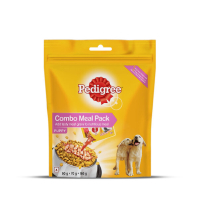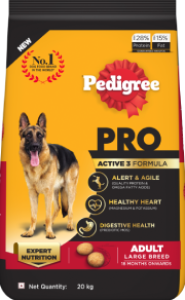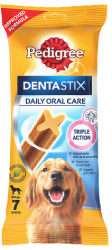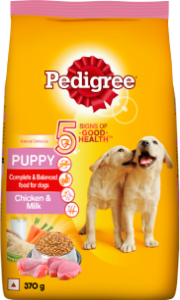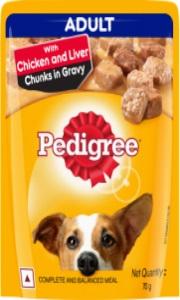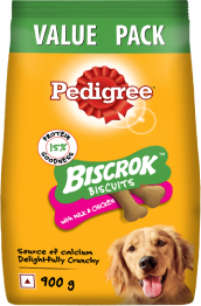
In this section
How to Use Treats for Positive Reinforcement Dog Training?
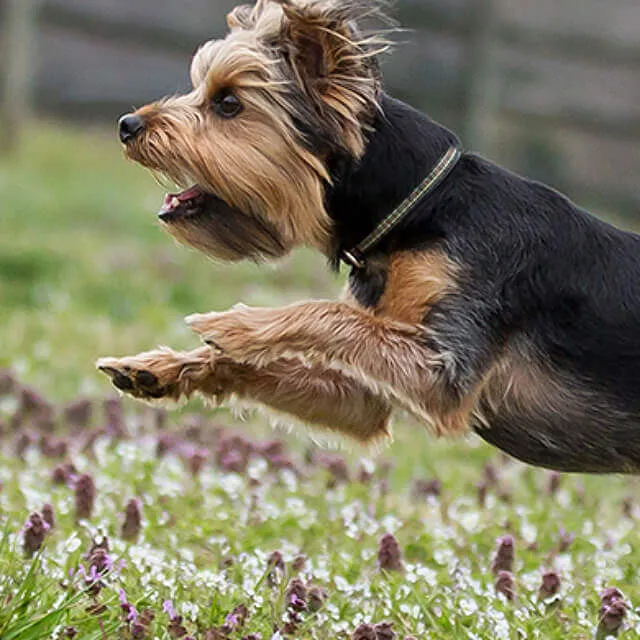
share:
Remember the times your doctor handed you a sweet if you took your shot without causing a ruckus? Or when your parents finally got you the toy you begged for because you did well on your test? That’s positive reinforcement, an extremely powerful tool that is used to train dogs.
Positive reinforcement dog training involves using praise or dog treats to reward desired behaviour with the goal of establishing a habit. Rewards (especially treats) make dogs more likely to repeat the behaviour. This is why training with treats can be very effective in moulding or changing your pooch’s behaviour.
How should you go about it?
You can use positive reinforcement dog training to teach your dog a command or to simply reinforce good behaviour. If your dog does not perform as per your instructions, refrain from scolding or punishing. Instead, simply ignore what they just did. Use dog treats and praise only for the behaviour that you are trying to teach or shape.
Which dog treats should you use?
For positive reinforcement to work, you will need to use treats that are enticing and appealing to your pooch, but stay away from table scraps, biscuits meant for humans or animal bones. Your pooch might love them, but they can cause several health issues in the long run. Since this type of training will require frequent treating, make sure to pick dog treats that are low on fat and calories.
Teaching commands
When teaching commands like ‘sit’, ‘stay’, ‘roll over’ etc., use small dog treats that can be gulped down in one go. Your pooch will lose focus if the treat is too big or if crumbs fall to the floor.
Our pick: Pedigree Tasty Minis
Tasty Minis are succulent, bite-sized chewy cube treats. They come in chicken flavour for puppies and chicken and duck flavour for adult dogs. They are ideal for command training because they are less than 12 kcal per treat.
Teaching your dog to stop begging for food
If your pooch looks at you with the cutest ‘puppy eyes’ when you sit down for a meal, you’re not alone! Dogs have a tendency to do this, especially if they are given table scraps during or after a meal. Needless to say, in order to change this behaviour you need to stop handing out table scraps, train your pooch to stop begging and possibly even get them to move several steps away from your table/food. The ideal dog treat for this type of training is bigger than bite-sized and chewy in texture.
Our pick: Pedigree Rodeo
Rodeo is a tasty twisty treat with a deliciously chewy texture. It comes in two varieties—Rodeo - chicken flavour and Rodeo Duos - chicken and bacon flavour. These treats have <5% fat.
Teaching your dog to stay calm when left alone
Many dogs behave in a destructive manner when they are left alone. They chew on anything they have access to, be it shoes or furniture. This behaviour is triggered when dogs get upset and feel anxious because they have been separated from their pet parents or people they are attached to. There are many ways to cope with this, including positive reinforcement training. The best type of dog treat to use in this situation is a long-lasting one that can keep your dog engaged for some time.
Our pick: Pedigree Jumbone Mini
Jumbone Mini is a treat that cleverly combines a tough and chewy outer layer with a succulent, tasty centre. It comes in chicken and lamb flavour and has less than 5% fat per 100 g.
Training tips to keep in mind:
- Have patience while training and be consistent with your effort
- Use short commands like ‘sit’ or ‘stay’ instead of long sentences like “Tyson, please be a good boy and sit down”
- When you begin, you might have to reward an action that will get you closer to the actual desired behaviour. For example, rewarding your dog for lifting a paw, then for giving you the paw and then finally for completing a handshake
- Reward immediately so that your dog associates the reward with the proper action
- Always praise your dog when handing it a treat by saying ‘good girl’ or ‘great job, boy’
- Do not scold your dog for the wrong action or behaviour
- If you live in a family, make sure everybody is using the same commands and phrases or else your dog will get confused
- Once your pet is familiar with the behaviour, reduce the number of rewards. For example, if you treat 10 times, gradually bring it down to 7, then 5 then 3. However, make sure to praise your dog every single time
- Do not use a fixed pattern for treating or else your dog will catch on
Dog training with treats can be a fun and positive experience for both the pet parent and the pet. It even helps build bonds and encourages learning. The all-new Positive Treats range is perfect for positive reinforcement dog training as it does not contain any artificial colours or flavours. Besides that, they also have the added benefit of Omega 3 to help with fitness, Vitamin E to support natural defences and Calcium to help strengthen bones.
So next time you want to reward your furry buddies, teach them a new command, give them a treat and get them wagging!
Review this article:




